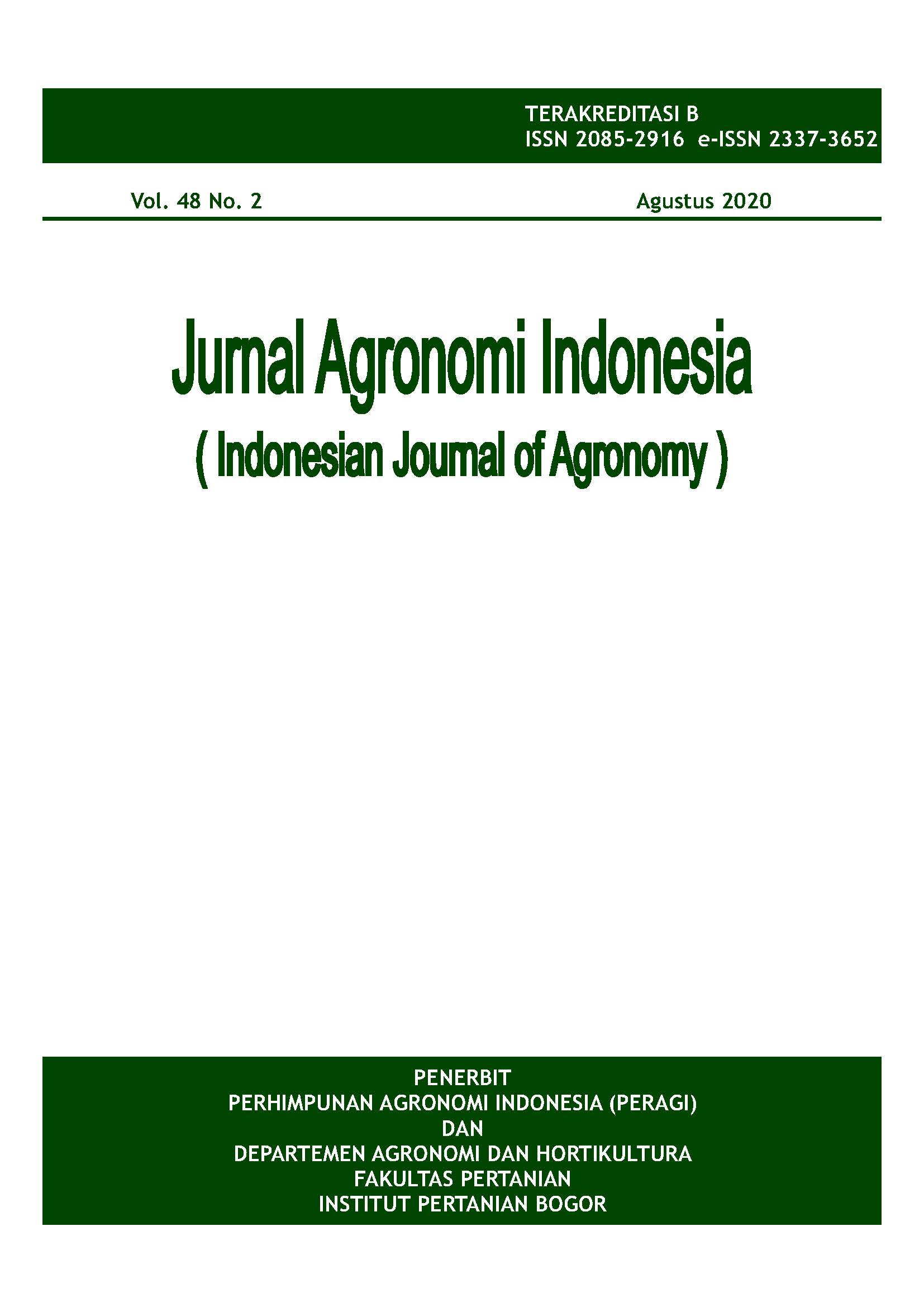Tanggap Pertumbuhan dan Hasil Tanaman Jagung terhadap Waktu Tanam yang Berbeda
Abstract
Determination of the appropriate sowing date can reduce the negative impact of the low water availability and solar radiation in the growth phase and yield of maize. This research aimed to (1) determine the effective sowing date to get the optimal solar radiation, water, and yields, (2) determine the appropriate varieties for the sowing date to optimize the utilization of radiation and water. The experiment was conducted at the Agricultural Technology Assessment Station (BPTP) Naibonat, NTT from February to July 2019. The three-factor factorial experiment using a split-split plot design. The main plot, namely three sowing dates were 26 February 2019, 12 March 2019, and 26 March 2019. The subplots, namely three varieties of maize consisted of Pena muti m’naes, Lamuru, and Pioneer-36. The sub-sub plot, namely 2 levels of watering consisting of not watered and watered. The results showed that the sowing date of 12 March 2019, was the appropriate sowing date and corresponding with the level of availability of water and solar radiation with more efficient use and higher levels of solar radiation interception to provide Pioneer-36 production of 8.47 tons ha-1, which was better than the production of Local and Lamuru varieties of maize at other sowing dates. This is supported by the synchronized responses of both source capacity (leaf area) and sink capacity (ear size).
Keywords: leaf area index, production, varieties, watering













